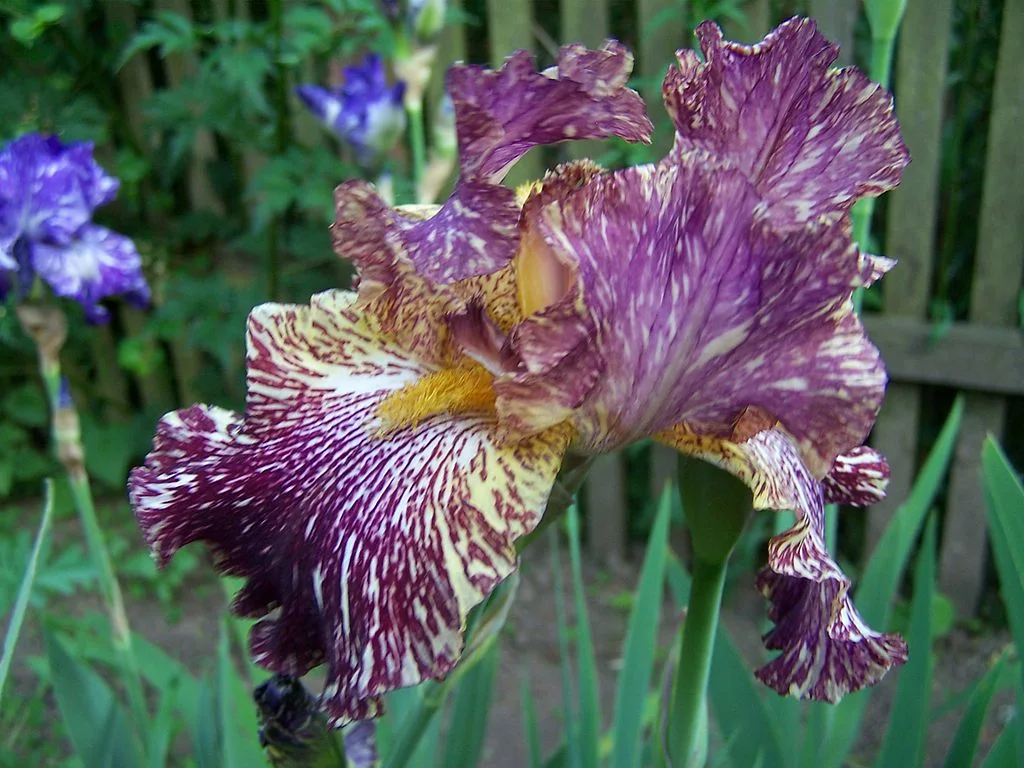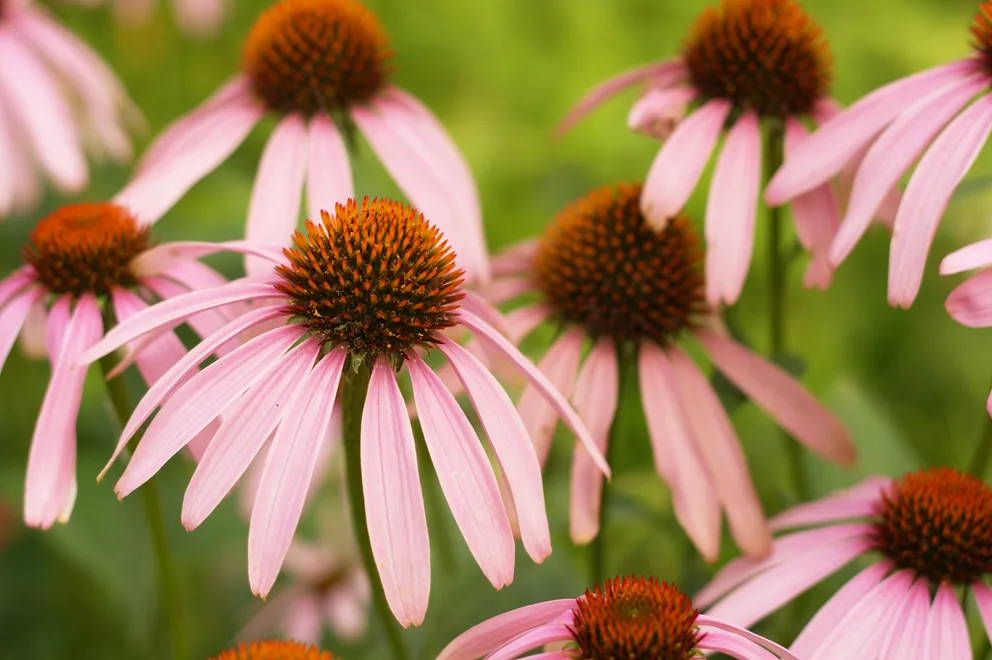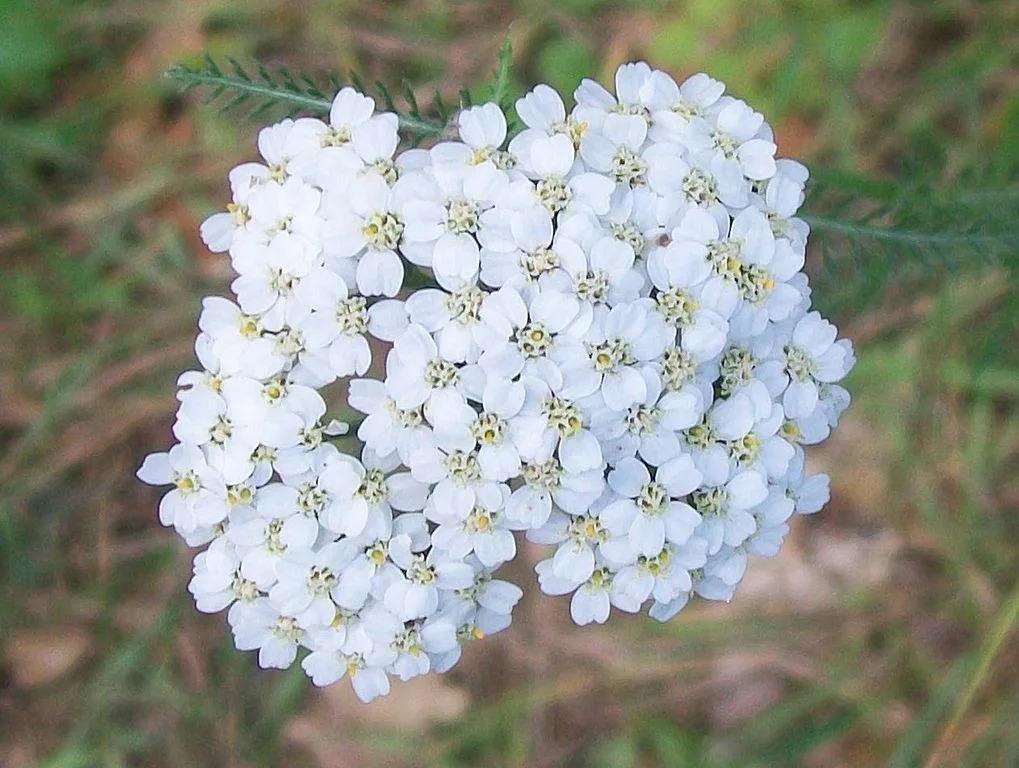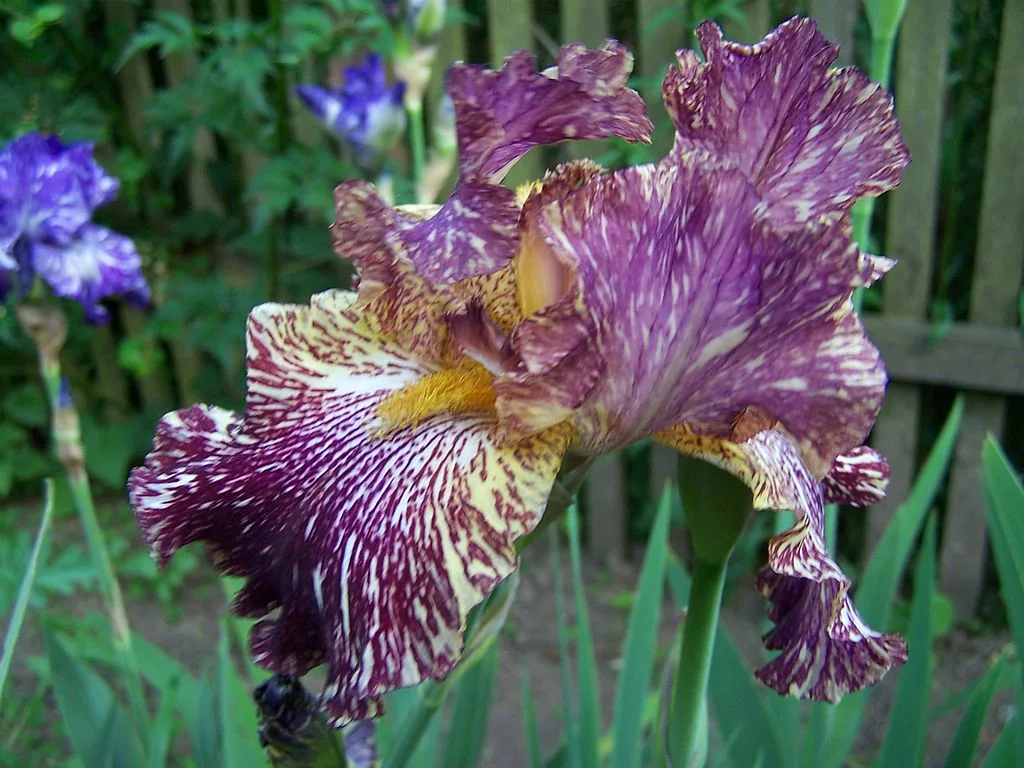
Five plants that are nearly impossible to kill
Gardens are a lovely sight to behold, but they can be a lot of work.
There are plenty of reasons why one might want a lower maintenance garden: we may want to conserve water; we may be away from the cottage for a while and unable to tend to the plants; or we may just plain need a bit of a gardening break every now and then.
If you’re looking for an easier way to maintain your garden, here are five lovely, yet hardy plants that will turn any black thumb to a green one.
CONEFLOWERS

Photo credit: aussiegall via Wikipedia
These bright perennials have daisy-like raised centres and bloom both in the spring and the fall (just cut the plant back by a third in late summer).
Also known as Echinacea, its flowers, leaves and roots are popularly used as herbal medicine to strengthen immune systems.
Coneflowers grow best in bright areas that get at least six hours of sun each day and actually thrive in poor or lean soil.
After they’re planted and established, they’re very easy to care for — you’ll only need to water them if it hasn’t rained for a week or two.
They’re pretty drought-resistant and do well in dry summers.
SEE ALSO: Apple trees are dying off and experts don't know why
LAVENDER

Photo credit: Nádudvari Nóra via Wikipedia
Great for all kinds of gardens, lavender is a non-invasive fragrant perennial that smells as wonderful as it looks.
Like coneflowers, they prefer to be planted in sunny spots with poor soil and its greatest fear is over-watering.
Once the plants are mature (while they’re young, they’ll probably need to be watered once per day unless it rains), they’ll only require watering every few days or so.
They are very drought-resistant and will recover if they don’t get enough water but can become diseased if they receive too much.
YARROW

Photo credit: AnemoneProjectors (talk) via Wikipedia
Whether you plant this flowering herb in your flower bed or in your herb garden, it makes for an attractive addition to any cottage.
It’s a hardy perennial with delicate fern-like leaves and tiny flower heads that are perfect for cutting and drying.
Plant it in full sun and well-drained soil (it can do well in low-fertility soil) and established plants won’t need supplemental watering unless there’s a severe drought.
Yarrow can be invasive, so keep an eye out for it spreading too much.
BEARDED IRIS

Photo credit: Christian Oehlenberg via Wikipedia
One of the most elegant and easiest flowers to grow, colourful bearded irises have eye-catching, crown-like blooms on tall stems with sword-like foliage.
These perennials do best in well-drained, slightly acidic soil and require at least six hours of full sun to flourish.
Immature plants require deep watering at long intervals over frequent shallow waterings, and once they’re established, they don’t need to be watered at all unless there has been a long period without rain.
Be sure not to over-water these lovelies!
CATMINT

Photo credit: SEWilco via Wikipedia
This aromatic herb is similar to catnip, but is slightly less attractive to cats than its counterpart.
Catmint is also more attractive to look at, featuring clusters of lavender-blue flowers and grey-green foliage.
Like cats, they love sun and hate to have wet feet, so plant these perennials in the sun (or at least partial sun) and well-drained soil (lean will do).
They only need to be watered regularly until they are established, and then they will become quite drought-tolerant.
WATCH BELOW: GIANT HOGWEED IS BACK, HERE'S HOW TO PROTECT YOURSELF (WARNING: GRAPHIC)
This article was published in Cottage Life and was written by Christina Cheung.









